Becoming a mother is one of the most incredible journeys a woman can embark on. From the moment you first hold your baby, your world changes in ways you never imagined. Motherhood is filled with countless moments of joy, love, and fulfillment. However, it also comes with its fair share of challenges, especially when it comes to breastfeeding.
As a new mom, I understand the rollercoaster of emotions that accompany this journey. Navigating sleepless nights, learning to care for your newborn, and figuring out breastfeeding can be overwhelming. That's why I want to share with you some tips and insights that have helped me along the way. These are based on my personal experiences and what worked for me, with the hope that they might help you too.
It's important to note that while these tips can provide guidance and support, they are not a substitute for professional medical advice. Every mother and baby are unique, and sometimes you may need personalized advice from a healthcare professional. If you encounter persistent issues or have concerns about your health or your baby's well-being, please seek help from a qualified medical provider.
Welcome to motherhood, a journey like no other. Let's embrace the challenges and celebrate the triumphs together
.

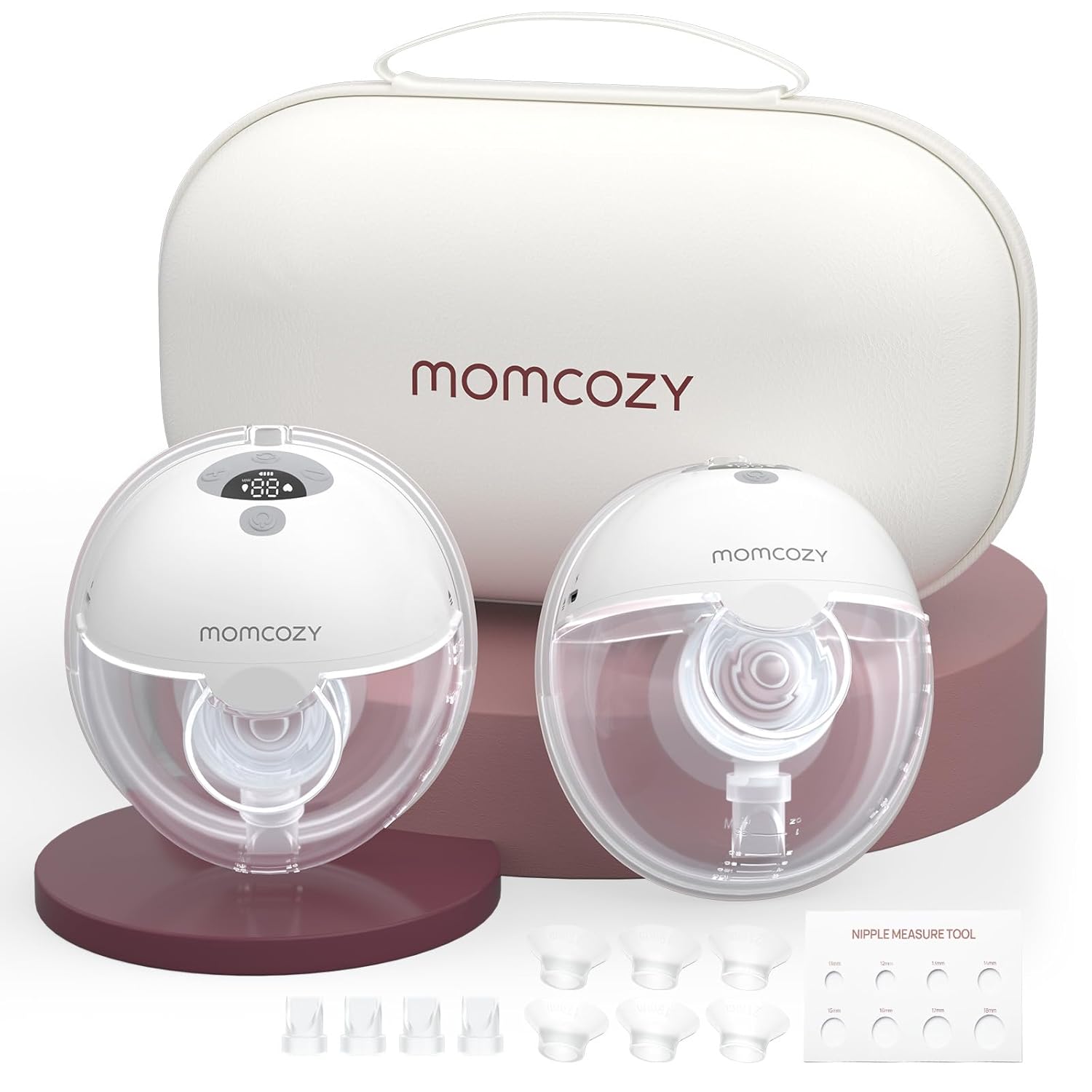
Breastfeeding is a beautiful and natural way to nourish your baby, providing essential nutrients and fostering a strong bond between you and your little one. However, it can also come with its challenges, especially for first-time moms. This comprehensive guide will provide you with detailed breastfeeding tips to help ensure a successful and comfortable journey.
Getting Started with Breastfeeding
Skin-to-Skin Contact From the moment your baby is born, skin-to-skin contact is crucial. Holding your baby against your chest helps stimulate their natural feeding instincts, making it easier to initiate breastfeeding. This contact also promotes bonding and regulates your baby’s body temperature and heart rate.
Early Initiation Try to initiate breastfeeding within the first hour after birth if possible. During this time, babies are usually most alert and ready to nurse. This early start helps establish a good milk supply and encourages your baby to latch on correctly.
Ensuring a Proper Latch
Proper Latch Techniques A proper latch is essential for effective breastfeeding and to prevent nipple soreness. Ensure your baby takes a good portion of the areola (not just the nipple) into their mouth. This allows for better milk transfer and reduces discomfort.
Signs of a Good Latch
- Your baby's mouth is wide open.
- Lips are flanged out like a fish.
- You hear a rhythmic sucking and swallowing pattern.
- Your baby’s cheeks are rounded, not dimpled.
If you experience pain or discomfort, gently break the suction with your finger and try latching again.
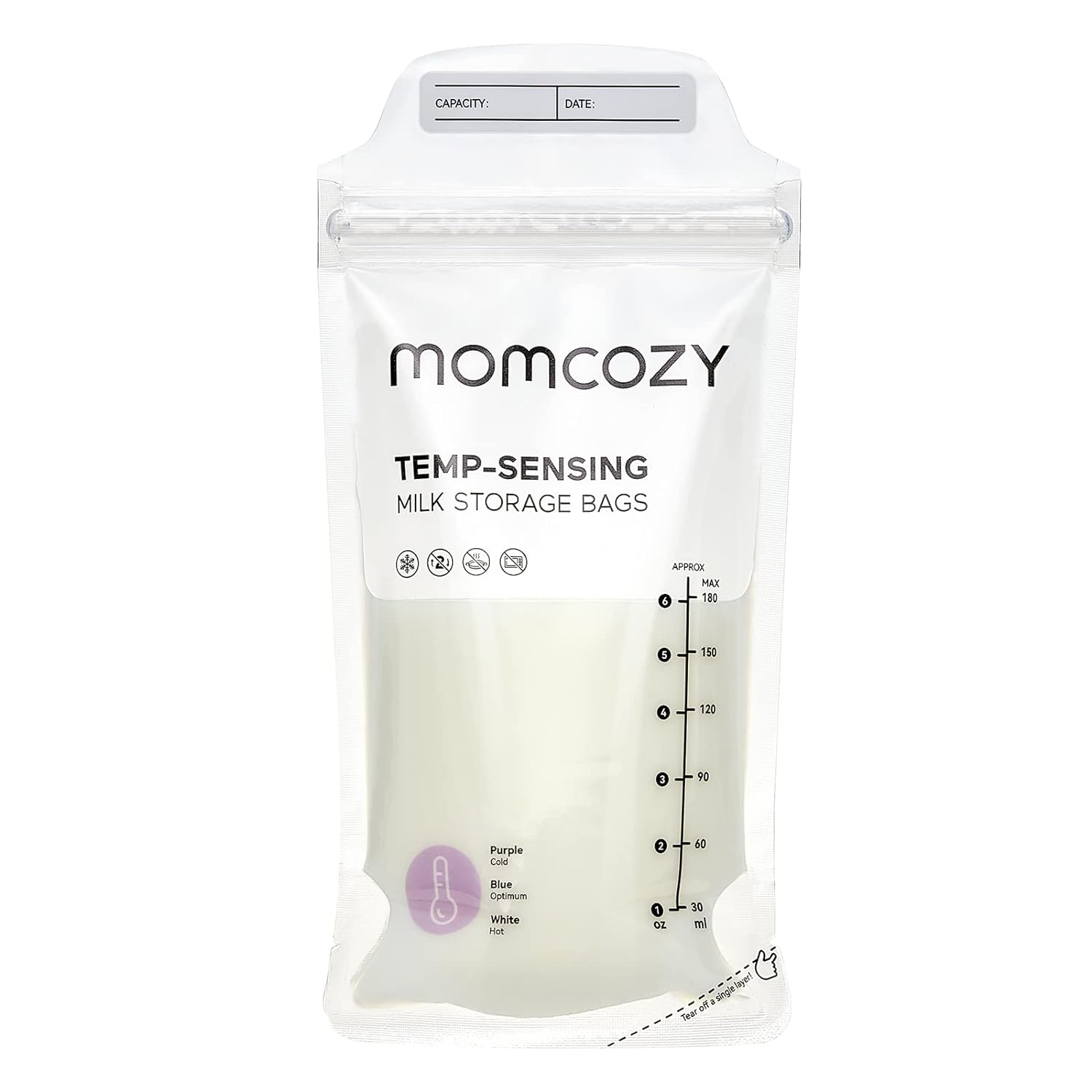
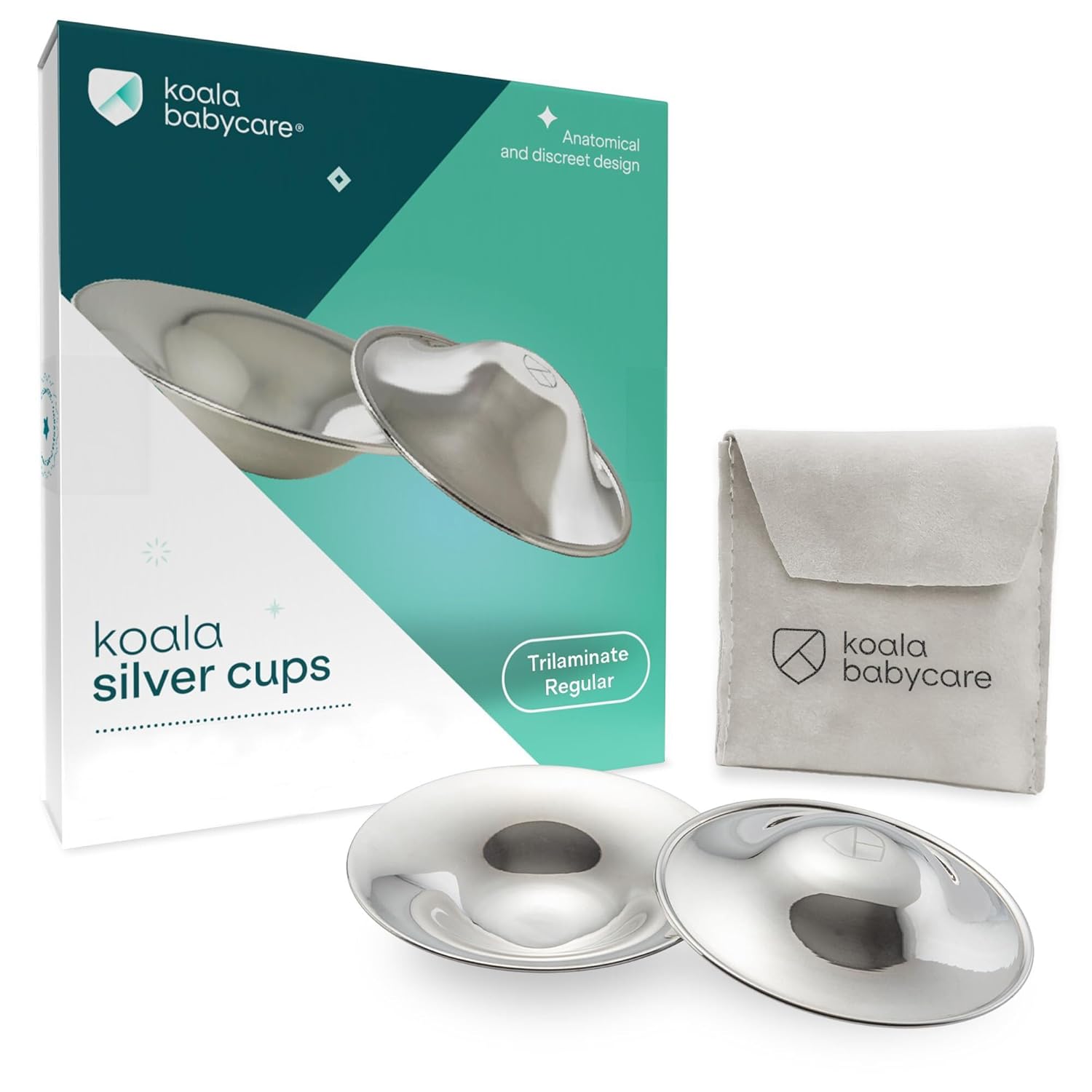

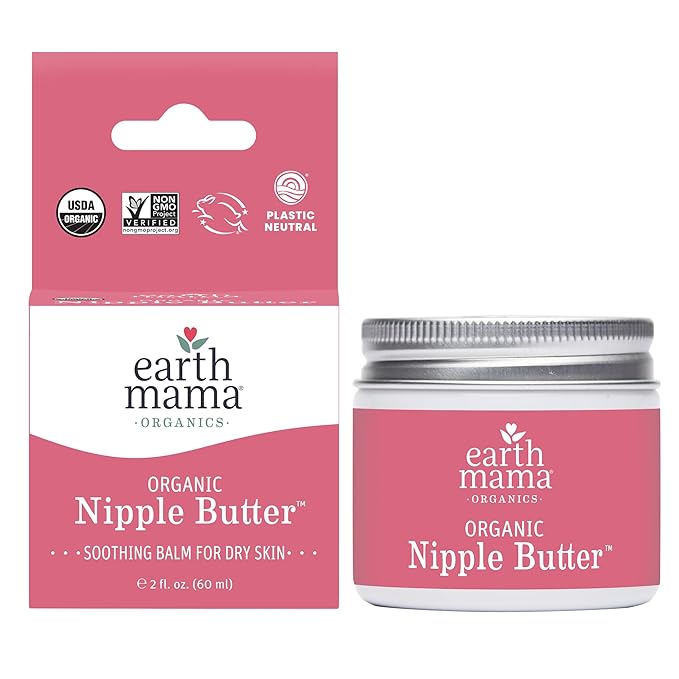
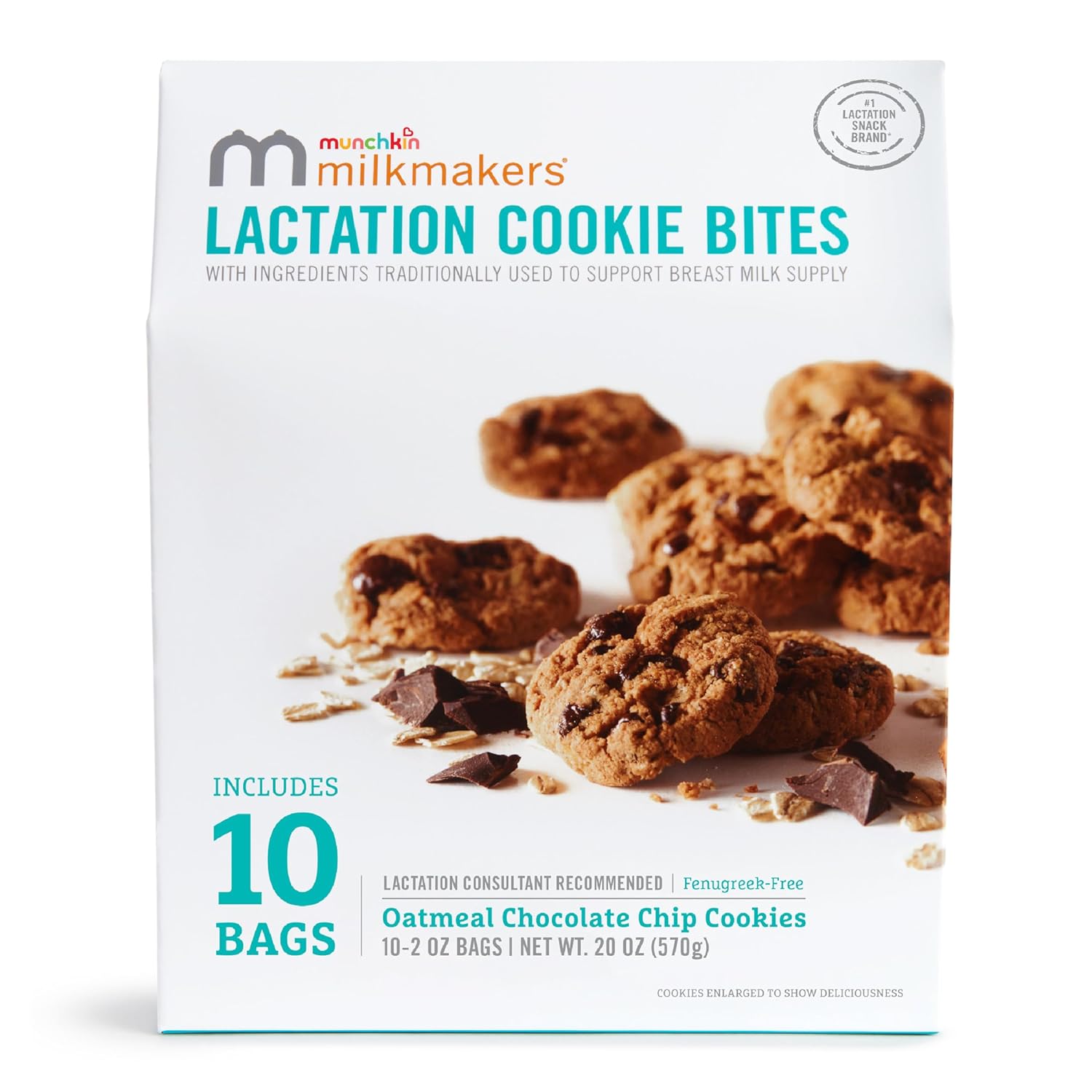
Establishing a Feeding Schedule
On-Demand Feeding Feed your baby whenever they show signs of hunger, such as rooting, sucking on their hands, or making sucking noises. Newborns typically need to nurse every 1.5 to 3 hours. Frequent feeding helps establish your milk supply and ensures your baby gets enough nourishment.
Cluster Feeding Be prepared for periods of frequent nursing, known as cluster feeding. This is common in the early weeks and during growth spurts. Cluster feeding helps increase your milk supply to meet your baby’s growing needs.
Finding Comfortable Breastfeeding Positions
Experiment with Different Positions Finding a comfortable position is key to successful breastfeeding. Try various positions such as:
- Cradle Hold: Traditional position with the baby’s head resting in the crook of your arm.
- Cross-Cradle Hold: Provides more control over your baby’s head and is great for newborns.
- Football Hold: Tuck your baby under your arm, like holding a football. This is ideal for moms recovering from a C-section.
- Side-Lying Position: Lie on your side with your baby facing you. This is a good position for nighttime feedings.
Use Supportive Pillows Use pillows to support your baby and your arms. A breastfeeding pillow can help position your baby correctly and reduce strain on your back and shoulders.
Boosting Your Milk Supply
Frequent Nursing The more you nurse, the more milk your body will produce. Aim for at least 8-12 feedings in 24 hours. Allow your baby to feed on demand and ensure they are effectively emptying your breasts.
Stay Hydrated and Nourished Drink plenty of water and eat a balanced diet. Certain foods, such as oats, barley, fennel, and fenugreek, are known to boost milk supply. Avoid skipping meals and ensure you’re getting enough calories to support milk production.
Avoiding Supplements Unless medically necessary, avoid giving your baby formula or pacifiers in the early weeks. Supplementing with formula can affect your milk supply by reducing the demand for breastfeeding.
Overcoming Common Breastfeeding Challenges
Nipple Pain Nipple pain is common in the early days but should subside as you and your baby get better at breastfeeding. If you experience persistent pain, check your baby’s latch and consult a lactation consultant. Using nipple creams or ointments can help soothe soreness.
Engorgement Engorgement can occur when your breasts become overly full. To relieve discomfort, nurse frequently, use warm compresses before feeding to help milk flow, and cold compresses after feeding to reduce swelling. Hand expressing or pumping a small amount of milk can also provide relief.
Blocked Ducts and Mastitis Blocked ducts can cause painful lumps in the breast. Continue breastfeeding, massage the affected area, and apply warm compresses. If you develop fever or flu-like symptoms, you may have mastitis, an infection requiring medical attention.
Pumping and Storing Breast Milk
Pump Efficiently If you need to pump, try to mimic your baby’s feeding schedule to maintain your milk supply. Pumping in the morning when your supply is highest can yield better results. Double pumping (using a pump on both breasts simultaneously) can also save time and increase milk production.
Storing Breast Milk Store breast milk in clean, BPA-free containers. Label the containers with the date and time. Freshly pumped milk can be kept:
- At room temperature for up to 4 hours.
- In the refrigerator for up to 4 days.
- In the freezer for up to 6 months.
Taking Care of Yourself
Rest Sleep when your baby sleeps to help your body recover and maintain milk production. Prioritize rest and accept help from family and friends to manage household chores.
Ask for Help Don’t hesitate to seek support from lactation consultants, breastfeeding support groups, and family members. They can provide valuable advice and encouragement, helping you overcome challenges.
Stay Positive Breastfeeding can be challenging, especially in the beginning. Be patient with yourself and your baby as you both learn this new skill. Celebrate small victories and remember that every feeding brings you closer to your breastfeeding goals.
Utilizing Resources
Lactation Consultants Certified lactation consultants can provide personalized advice and support. They can help with latching issues, milk supply concerns, and any other breastfeeding challenges you may face.
Breastfeeding Support Groups Joining groups like La Leche League can offer you community support and encouragement. Connecting with other breastfeeding moms can provide reassurance and practical tips.
Educational Materials Books, videos, and websites dedicated to breastfeeding can provide additional tips and information. Resources like "The Womanly Art of Breastfeeding" and online platforms like KellyMom offer comprehensive guidance.
When to Seek Professional Help
Persistent Pain If you have ongoing pain despite trying different latching techniques and positions, consult a lactation consultant or your healthcare provider.
Weight Gain Concerns If your baby is not gaining weight adequately, seek advice from your pediatrician. They can assess your baby’s growth and provide recommendations to ensure they are getting enough nourishment.
Low Milk Supply If you suspect you have a low milk supply and your baby is not getting enough milk, consult a lactation consultant. They can evaluate your feeding routine and offer strategies to boost your supply.
Conclusion
Breastfeeding is a unique journey for each mother and baby, and it’s important to find what works best for you both. Remember, seeking help and using available resources can make a significant difference in your breastfeeding experience. By following these detailed tips and being patient with yourself, you can navigate the challenges and enjoy the special bond that breastfeeding provides.
Delilahsmom.com is a participant in the Amazon Services LLC Associates Program, an affiliate advertising program designed to provide a means for sites to earn advertising fees by advertising and linking to Amazon.com.



